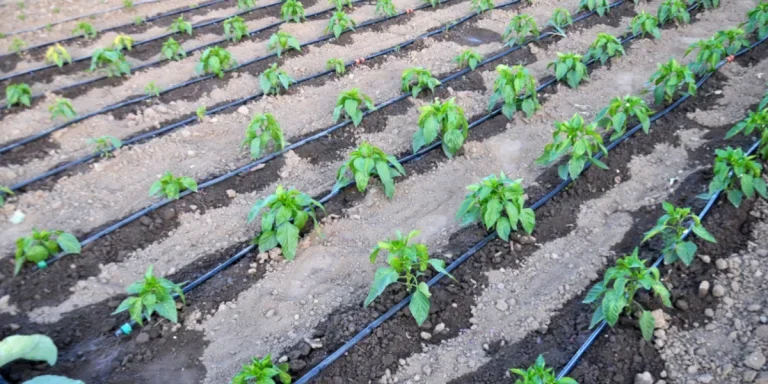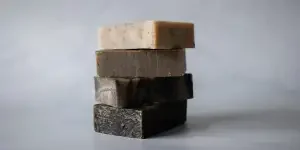Drip irrigation systems are fast replacing traditional watering methods like handheld hoses, sprinklers, watering cans, or trenches. Why? Because drip devices use a fraction of the water other systems use. They also save time and effort and deliver results that most customers love.
With many home gardeners and landscapers adopting this high-tech, water-efficient way to irrigate plants, this is the right time to stock your shelves with drip irrigation products. But here’s the thing–jumping into this market without fully understanding drip irrigation isn’t recommended.
Read on to understand drip irrigation, how it works, and the main types so you can talk to customers with confidence and cash in on this fast-growing trend in 2025.
Table of Contents
What is drip irrigation?
Types of drip irrigation systems
Soaker hoses
Emitter systems
Drip tape
Micro-misting systems
Pros and cons of drip irrigation systems
Installing and maintaining a drip irrigation system
Installation
Maintenance
Key considerations when stocking irrigation systems
Conclusion
What is drip irrigation?
Drip irrigation involves laying tubing with emitters on the ground next to the plants. The emitters softly trickle water into the root zone. Water is distributed evenly, and moisture levels are kept at an optimal range, improving plant productivity and conserving water.
Types of drip irrigation systems
There are four major types of drip irrigation systems, each with its own set of characteristics and benefits.
Soaker hoses
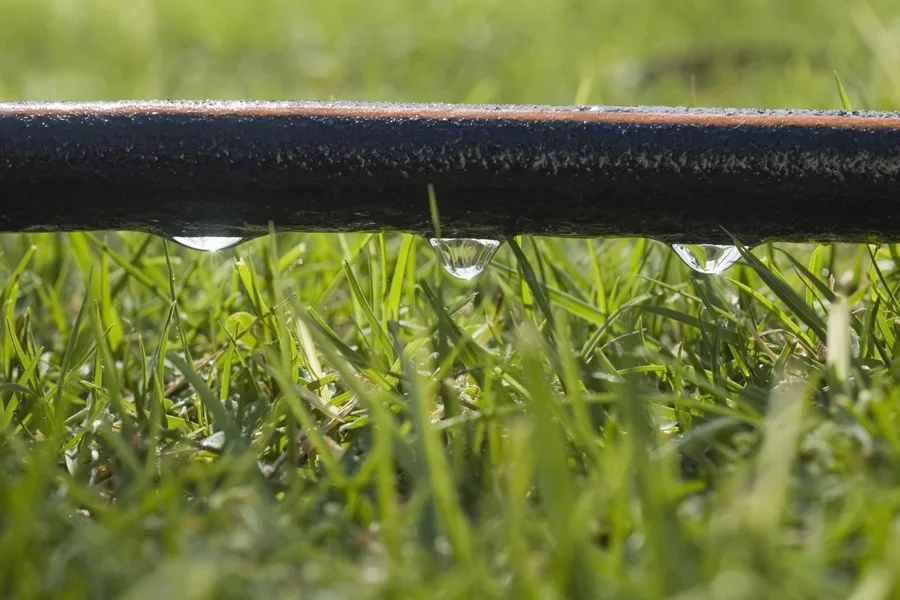
Soaker hoses, or porous soaker lines, consist of hoses with uniformly distributed holes along their length. These hoses are resistant to freezing and can be left in place all year. If your clients intend to water sloppy areas, you may want to urge them to use a different sort of drip irrigation system.
When stocking up soaker hoses, avoid those made with recycled rubber because they’re not the best option for watering food crops. However, all varieties of soaker hoses are safe for use in the yard.
Emitter systems
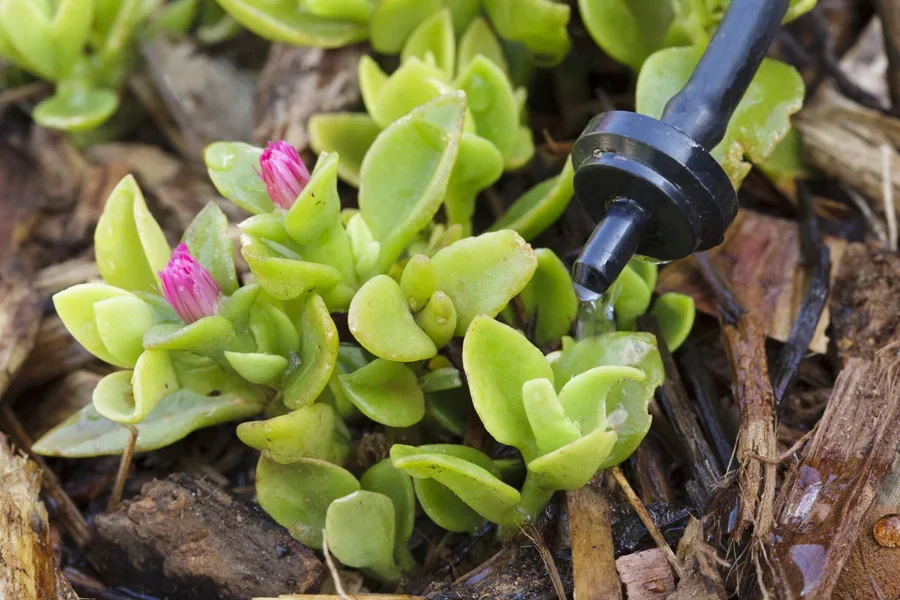
Emitter irrigation systems consist of a network of miniature tubes with evenly spaced nozzles that gradually drip water into the soil. They’re dependable and efficient when rainfall rates fluctuate drastically.
These systems are ideal for watering roses and other small shrubs or trees efficiently. But they can also be installed in food gardens. Emitter systems take slightly longer to set up than soaker hoses, but they’re more efficient and cost-effective.
Drip tape
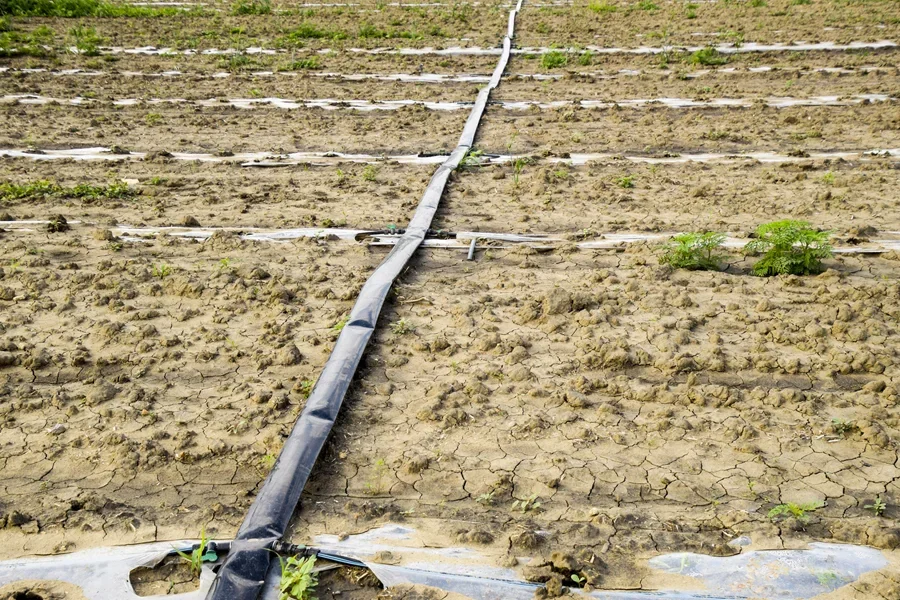
The drip tape system is the most economical choice on this list, but may not last as long as others. A drip tape with thicker walls will last longer. Your customers can also bury the tapes or cover them with mulch to improve their durability.
It’s easy to set up a drip tape but is only effective when installed in straight lines. This technique is a great option for vegetable and annual gardens.
Micro-misting systems
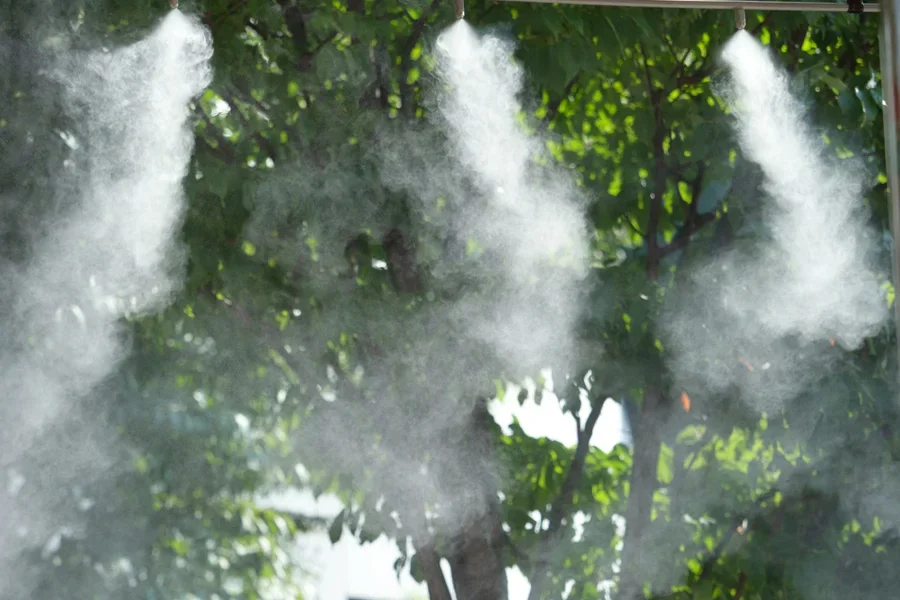
Micro drip sprinklers are devices that can be attached to an irrigation hose system. They’re commonly used in orchards but are gaining popularity among home gardeners.
These devices distribute water slowly and uniformly across root zones, which can benefit shallow-rooted shrubs such as hydrangeas. They can also softly mist the branches up until the temperature rises above freezing, shielding buds from an unexpected late frost.
Some localized micro-sprinkler systems make it possible to apply fertilizer through the irrigation line. This approach may not be the most efficient method, but it may help customers save time, labor, and fertilizer.
Pros and cons of drip irrigation systems
Pros
- Saves hours of watering time
- Saves water, reduces water expenses
- Water lawns and gardens evenly and precisely
- Conserves energy and eliminates the need to physically move the sprinkler
Cons
- Hoses can be trip hazards.
- Mowing over sprinkler heads is cumbersome.
Installing and maintaining a drip irrigation system
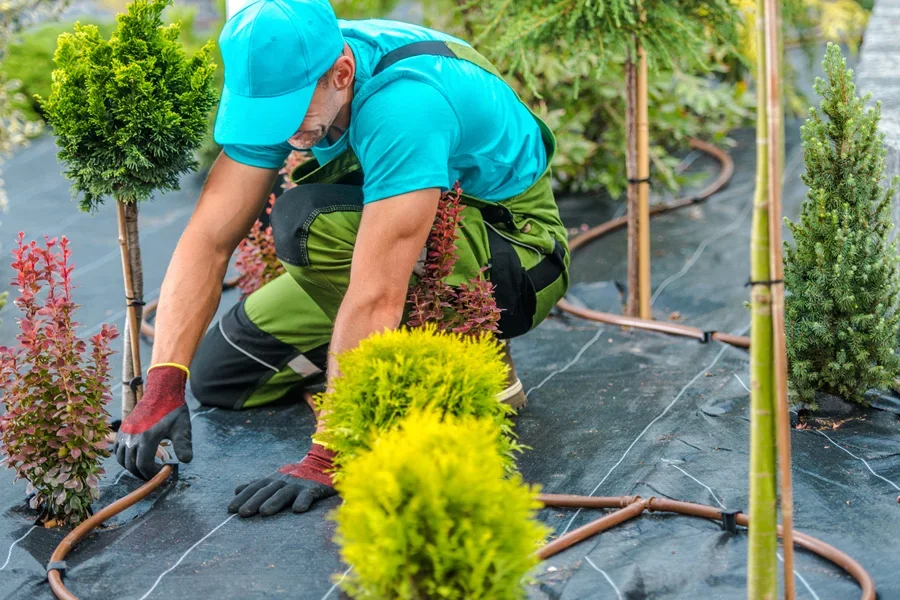
Most drip irrigation systems are easier to install–perfect for DIY customers. However, installation varies by system, and so does control. Some models are fully manual, while others can be automated for easy, hands-off watering.
Installation
Some drip irrigation systems may need a water pump. Others take careful set up. Then there are user-friendly options that are practically foolproof, like drip tape. Just keep in mind that with drip tape, the water holes typically face upward, which may not be ideal for every setup.
Once your clients gather the necessary tools and materials, installing a drip irrigation system would generally involve:
- Planning an efficient layout based on plant placement
- Connecting the system to a water source
- Adding a pressure regulator to control water flow
- Installing a filter to prevent clogging
- Laying out the drip tubing
- Attaching the emitters where water is needed
- Covering the tubing to protect it and improve appearance
Maintenance
Periodically inspecting the system helps ensure it’s functioning correctly. Advise your clients to repair or replace any damaged or worn-out parts. Some systems (particularly most emitter systems) need to be dismantled and stored during winter to protect them from breaking due to freezing.
Others, like drip tapes, last only one to two seasons but typically serve just one. Quality soaker hoses should last between three and five years before needing to be changed.
Key considerations when stocking irrigation systems
A diverse inventory of drip irrigation products gives your customers options. Still, there are a few crucial factors to consider before stocking up your shelves.
- Determine the watering frequency needed.
- Determine the terrains of most your clientele.
- Understand the plant varieties to be irrigated.
- Figure in the slope of their lawns.
Conclusion
A drip irrigation system, in its efficiency and reliability, tends to feel too simple. All your clients need to do, after installation, is to turn on the hose or use an electronic timer. Maintenance of these systems, which include four main types: soaker hoses, emitter systems, duct tape, and micro-misting, is easy, too.
Before you stock up on drip irrigation systems, consider your clients’ water frequency needs, terrains and slopes, and types of plants.
Need quality drip irrigation supplies? Check out Alibaba.com to meet plenty of reliable suppliers and top-tier drip irrigation devices.
